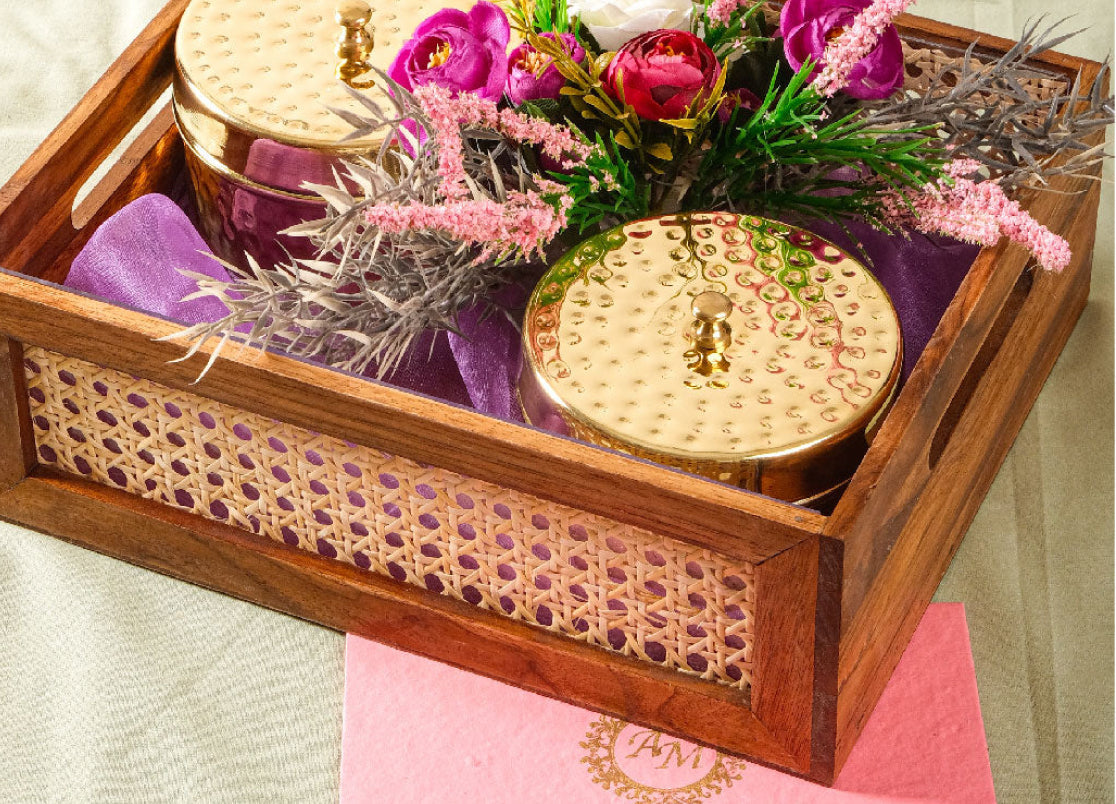Bouncing Back to our Roots
From television channels that have taken us into a flashback by telecasting Ramayana and Mahabharata, to Shaktiman and Chanakya, we are enjoying our sweet-sour childhood memories. My grandparents are for sure reliving their younger days, sharing stories from the past related to fashion, lifestyle, home decor, their then family, etc
While in the spree of mythology, noticed the use of brass and copper in many places of that era? Especially in the kitchenware!!

These traditional materials that were used so commonly during that period, where have they disappeared now?
Everyone must have heard about these traditional metals at some point or the other in their life. One will get to know that the older generation used a lot of brass and copper in their kitchen in the past. Ever questioned why?? Its because these metals have a lot of health benefits. Our forerunners generation lived a happier, healthier, and health hassle-free lifestyle earlier as compared to the present scenario!
Why Traditional Metals ?
One major reason being the use/presence of brass and copper in their daily diet.
Every household, in every grandma’s kitchen, one would find raw yet beautiful traditional brass and copperware in which food would be cooked.
Grandma's Kitchen
food would be filled with ‘swad’. Tasty, healthy, nutritious food
Those recipes are a task to remake now. Because a part of the magic was in the expertise of the cook and the other part in the traditional pots and pans in which the food was being cooked.
In today’s time, it is being observed that the youth is going back to traditional materials and utensils. People are bouncing back to their roots after realizing the benefits they are missing on. My grandparents are happy and excited to see the traditional metals coming back and being used in our kitchen.
A few established people from the industry also have some experiences to share:
Chef Amninder Sandhu, through her gas-less kitchen, has brought back things like silbatta, sigri, mortar – pestle and more, to a fine dining space and that has changed the way patrons engage Indian food.
“A lot of Indian homes still have mortar and pestle in the kitchen, which not just personifies rustic charm, but helps crush ingredients, releasing essential oils and full-bodied flavours. Crushing them is far more effective than using a machine in exposing the vital flavours. It is one of the most ancient methods used in cooking that brings together a sensational product,” says Amninder.
When it comes to retail, there are several brands that are now opting to go old school with their offerings.
Bengaluru brand Zishta, run by Meera Ramakrishnan, Varishta Sampath and Archish Mathe Madhavan, is making a conscious effort to bring back forgotten kitchen essentials into a modern house.
Ramakrishnan says, “Zishta works with the same cluster of rural artisans who have been making products by their hand using the method that their ancestors taught them.” Some of the hottest selling items at Zishta are the pure iron tawa, cast iron kadai (wok), kalchatti (soapstone) cooking vessels, a tin vessel for making rasam (eeya chombu) and brass coffee filter for making a coffee decoction.
Pune-based Coppre, founded by Rashmi Ranade, Chhanda Bihari, Sudakshina Sinha Banerjee, and Seemantini Mihir are all working towards bringing back the trend of heritage copper craftwork into the kitchens.
Purvi Parikh, the owner of Mumbai – based Tranceform shares that there is a lot of design development being done in recycled, sustainable, and durable materials. Tranceform is a furniture and lifestyle store that melds an old industrial look with a stylish contemporary vibe. She adds that people now-a-days are opting for the good old traditional cookware rather than the new age material ones. She adds the world is trying to go green and Tranceform is doing it’s best to blend inn with this trend.


